Winter Walks
Apr 2, 2025 10:31:43 AM
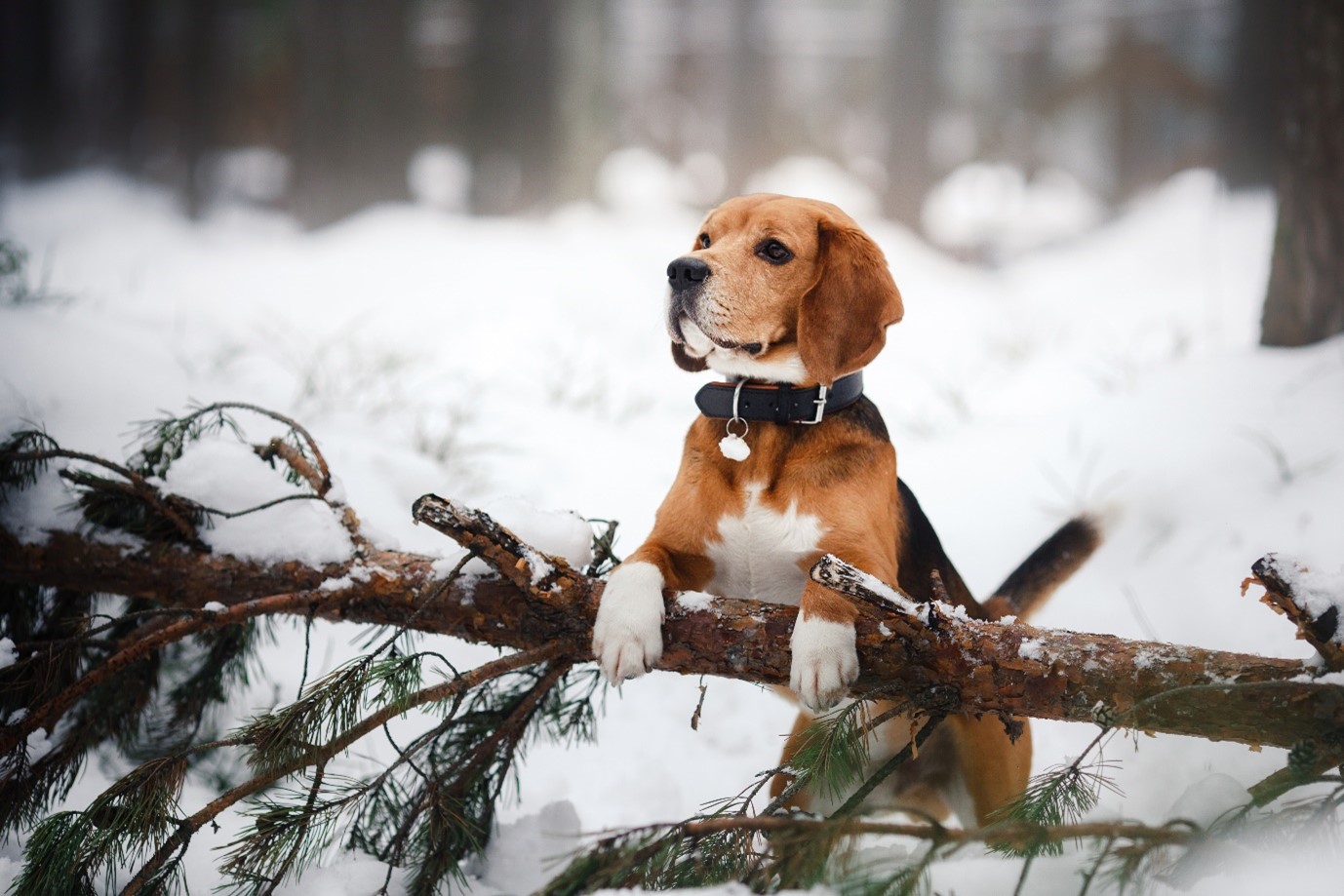
Walking in a winter wonderland sounds idyllic but the reality of walking in the British winter months can prove to be quite the opposite sometimes. Here’s our handy guide to enjoying the great outdoors, even when it’s the coldest, wettest and greyest of days.
Layer up
As all dog walkers know, there’s a fine balance between being wrapped up warm and then finding yourself uncomfortably overheating after ten minutes of brisk walking. The trick is to dress yourself in layers, making sure you can remove and easily carry anything you need to. Scarves, body warmers, hats and gloves are all things you can use to make the layers work.
Some dog owners like to use dog coats and waterproofs to keep their dogs dry. If you opt for a dog coat make sure your dog is comfortable wearing it and that it fits well, not restricting any movement. It can save a lot of drying off time if it’s a particularly wet day. Dog coats are also useful for elderly or sick dogs who might not be so active and less able to generate their own heat.
Paw protection
Your dog’s paws are made for walking outside of course but we still need to be mindful of ground that is extra rough on their pads as the ground gets harder. And always clean their paws when you get home – gritting salt and anti-freeze can be highly toxic.
Ice and snow
A white and pretty vista makes a winter walk extra special but there are some additional considerations to bear in mind. A snow covered pathway can also hide anything sharp that
might be lurking beneath so it’s always good to be extra vigilant. Keep your dog off any iced over areas of water such as lakes or rivers – the freezing water presents a challenge, as does the ability to rescue them. The RSPCA also warns about compacted snow in your dog’s paws as it’s so uncomfortable for them.
It’s also advisable to discourage your dog from drinking out of puddles as the quality of water is unknown and could contain bacteria, anti-freeze and other nasties. Leptospirosis is a horrible disease that can be contracted via contaminated, standing water. Whilst there are only a few cases each year in the UK, it’s not worth the risk.
Be seen
For owners and dogs alike, being visible is really important as the nights draw in quickly and we are often out walking in the dark. This applies too if you are an early riser and you’re out with your pet first thing.
Bright, reflective clothing, collars and accessories are a good way to remain visible: keeping us safe and seen. If you are walking on a road, always face oncoming traffic as your visibility will be much higher – dusk and dawn are statistically the hardest times for drivers to see pedestrians.
Try to keep your dog on the inside of you, away from the traffic, and if you use an extendable lead, retract it fully so you are in complete control.
Hand-in-hand with this is the safety advice to stick to well-lit routes. Being aware of your surroundings is key so it’s worth considering your use of headphones and mobile phone. Having a charged phone to hand is a useful safety device but not if you’re unaware of what’s going on around you.
A torch is wise if you need to walk in unlit areas and it’s best to keep your dog on a lead unless you are completely comfortable and familiar with any open space you are walking in.
Cosy up
When you get home, make sure your dog is towel dried well and has access to drinking water and a lovely, cosy bed so they can relax and thoroughly dry off. And for us dog walkers, it’s probably time for a warming cup of tea!
References
https://www.rspca.org.uk/adviceandwelfare/seasonal/winter/pets
https://www.farmersalmanac.com/nighttime-dog-walking-safety-33273
https://www.hse.gov.uk/agriculture/zoonoses-data-sheets/leptospirosis.pdf
Back
Recent Blogs
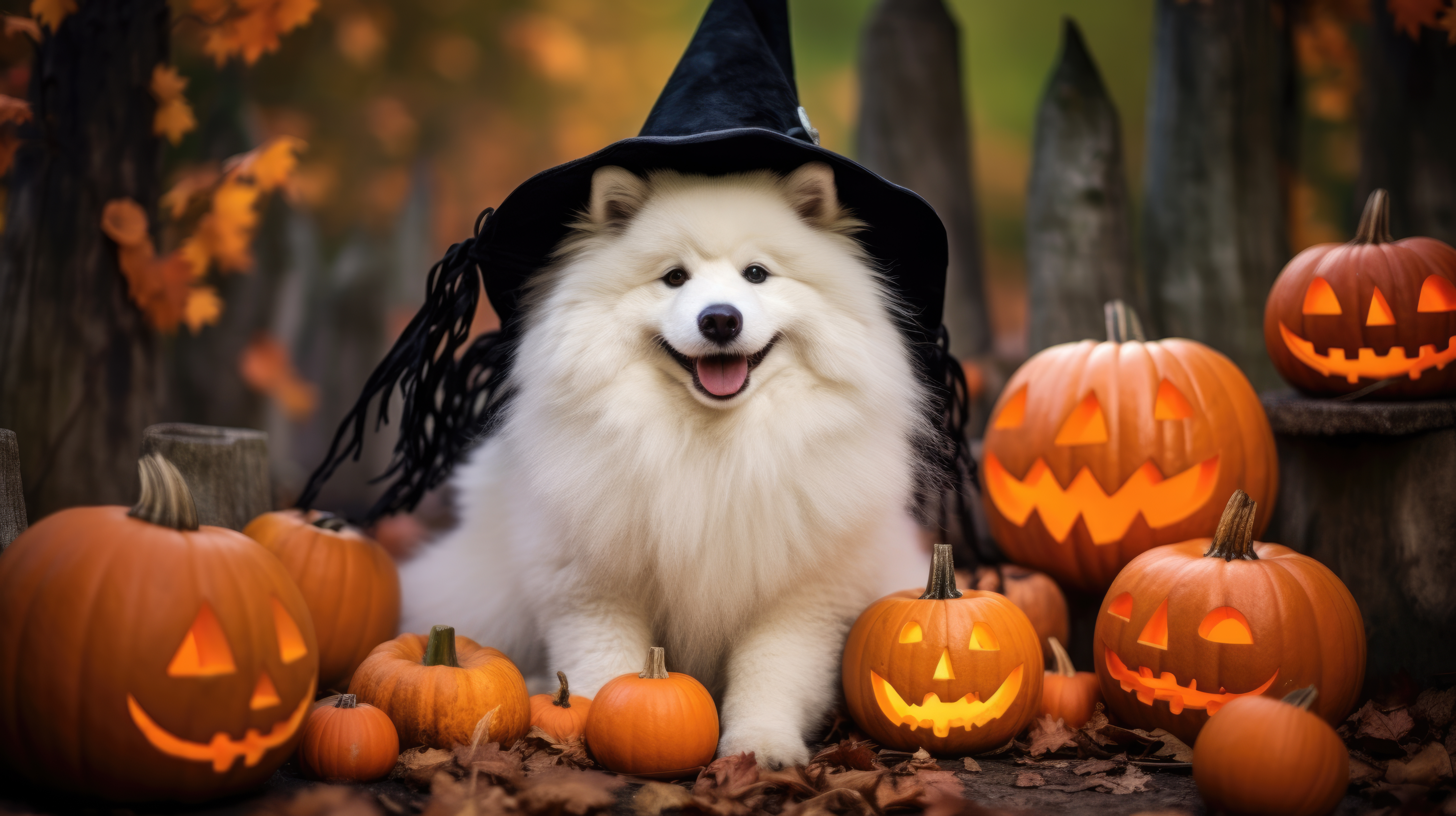
Keeping Your Furry Friend Safe and Happy During Halloween
Halloween approaches with its festive decorations, spooky costumes, and sweet treats. While humans eagerly anticipate the holiday, it can be a challenging time for our four-legged friends. From unfamiliar sights and sounds to potentially dangerous treats, Halloween can pose various risks to our beloved dogs.
While it might be tempting to dress up your dog in a cute or funny costume, always prioritize their comfort and well-being. Ensure that the costume is not restrictive, does not impede movement, and does not have small parts that could be swallowed. Allow your dog to become accustomed to the costume before the actual event, and keep a close eye on them while they're wearing it.
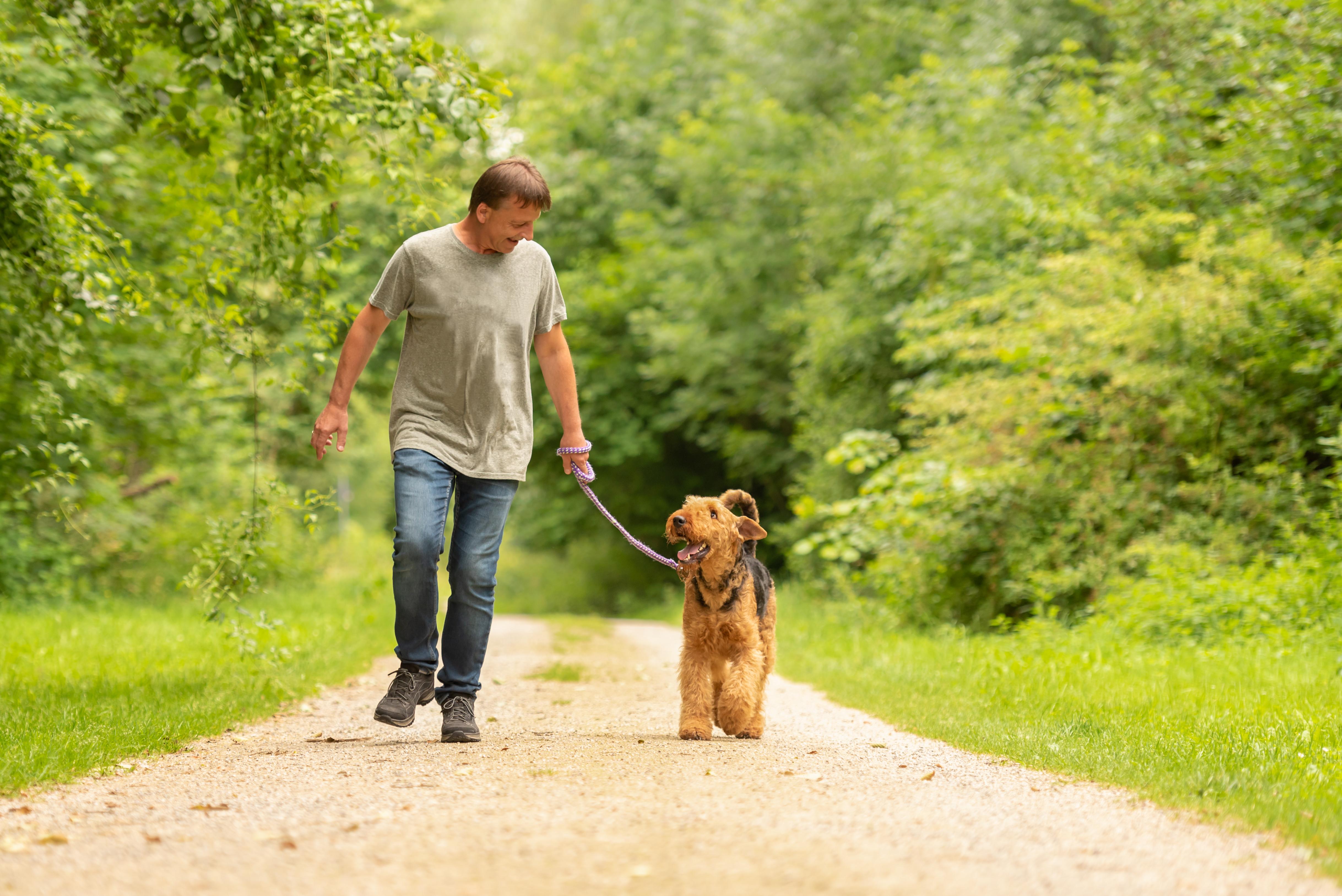
The vital role of responsible dog ownership.
A Pledge to Paws and Principles
Dogs have long been cherished companions, confidants, and sources of unconditional love for millions of people around the world. These faithful friends offer not only emotional support but also contribute significantly to our overall well-being. However, the joys of having a canine companion come with great responsibilities. Responsible dog ownership is not just a choice; it's an obligation we owe to our four-legged friends, our communities, and ourselves. In this blog, we will delve into the importance of responsible dog ownership and highlight the numerous benefits it brings to our lives.
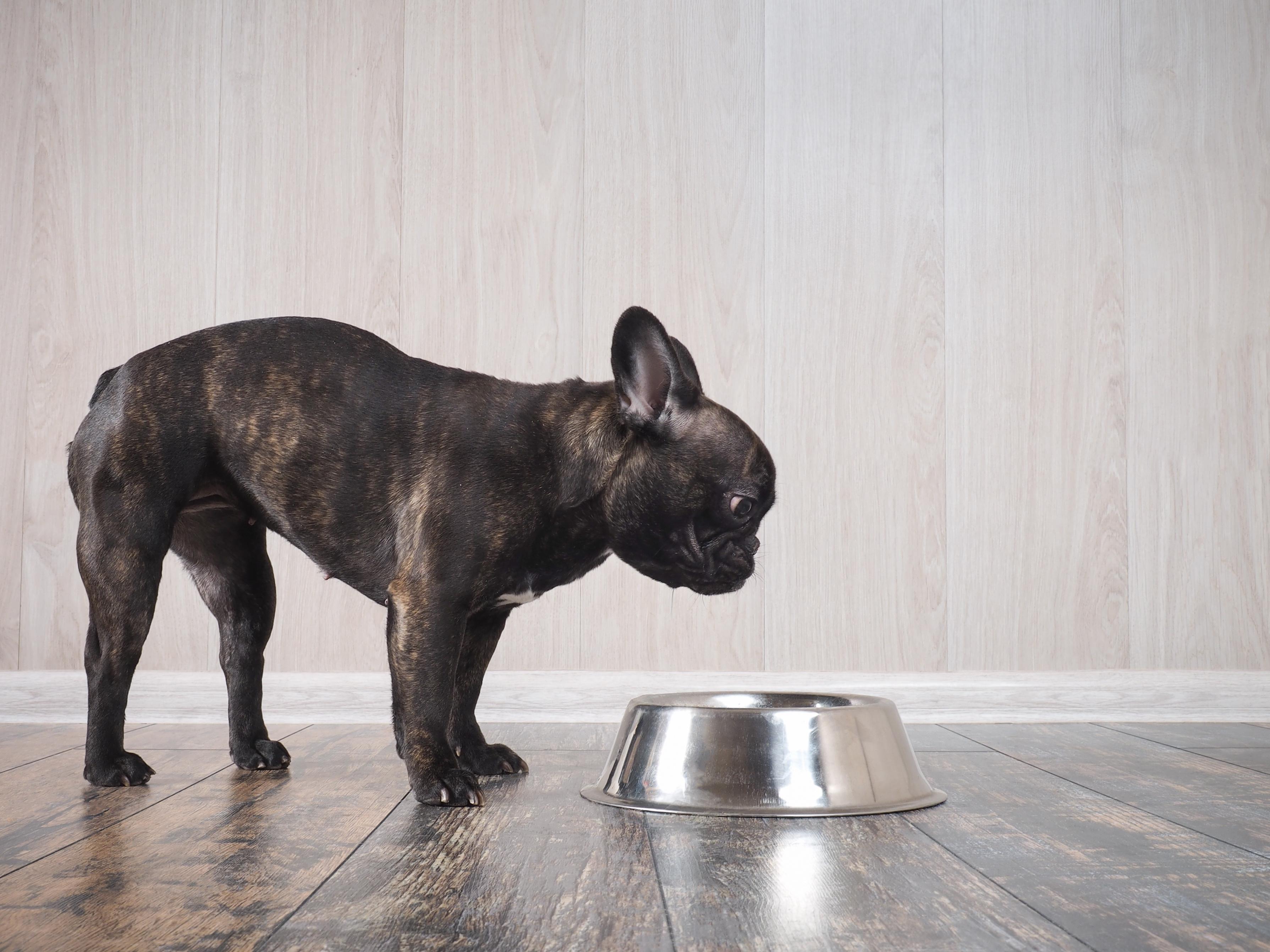
My dog is a finicky eater...
You have a dog that has no appetite, is fussy and finicky with his food and you are fed up of trying every dog food brand under the sun. Here are our top tips for encouraging a better feeding regime
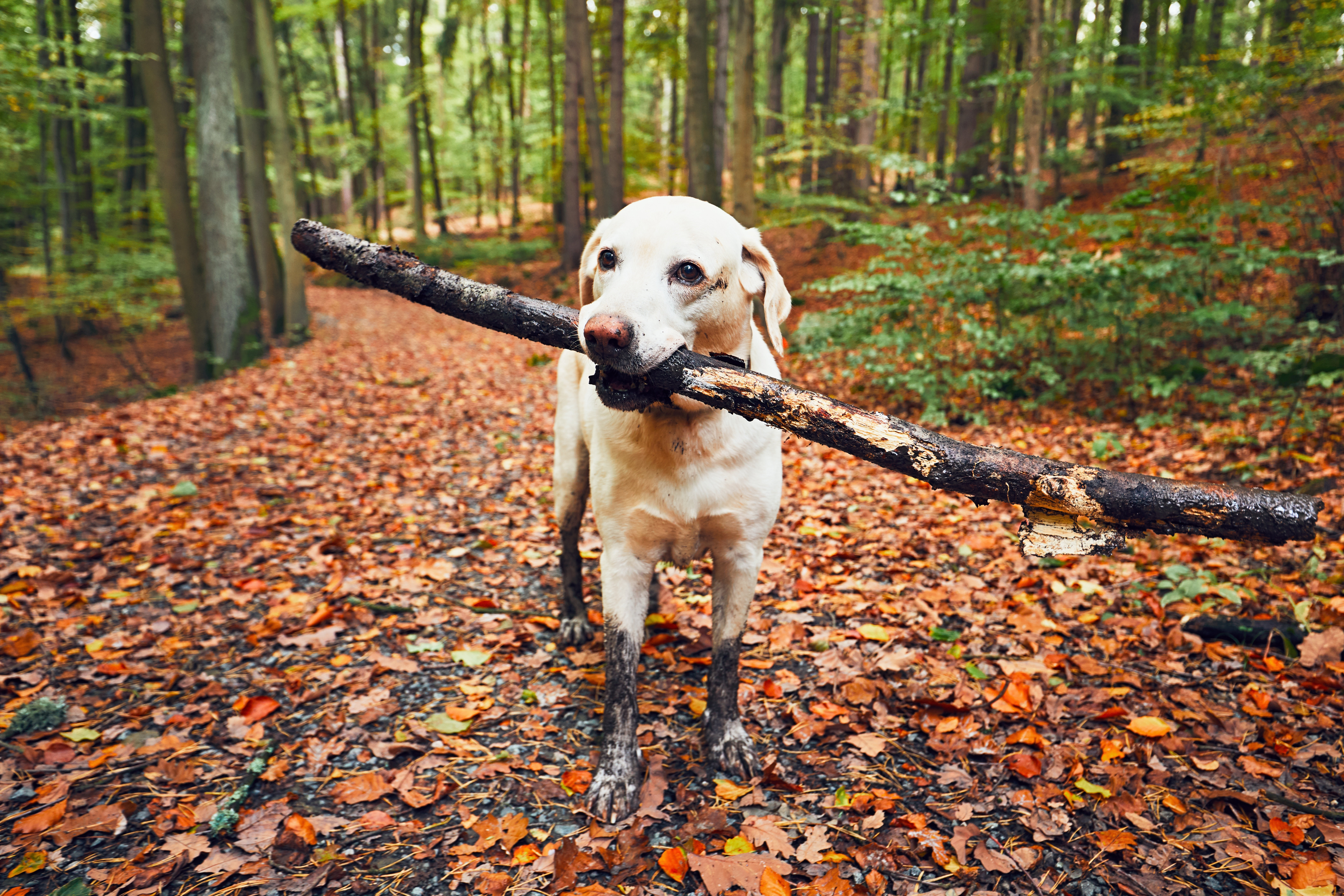
Finding the best places to walk your dog
The many benefits of dog walking are well documented and regular walks form part of our daily routine. But it is really easy to get into an unthinking pattern of where and how we walk our dogs. There are lots of adventures to be had out there with our canine companions so why not try something new?